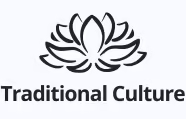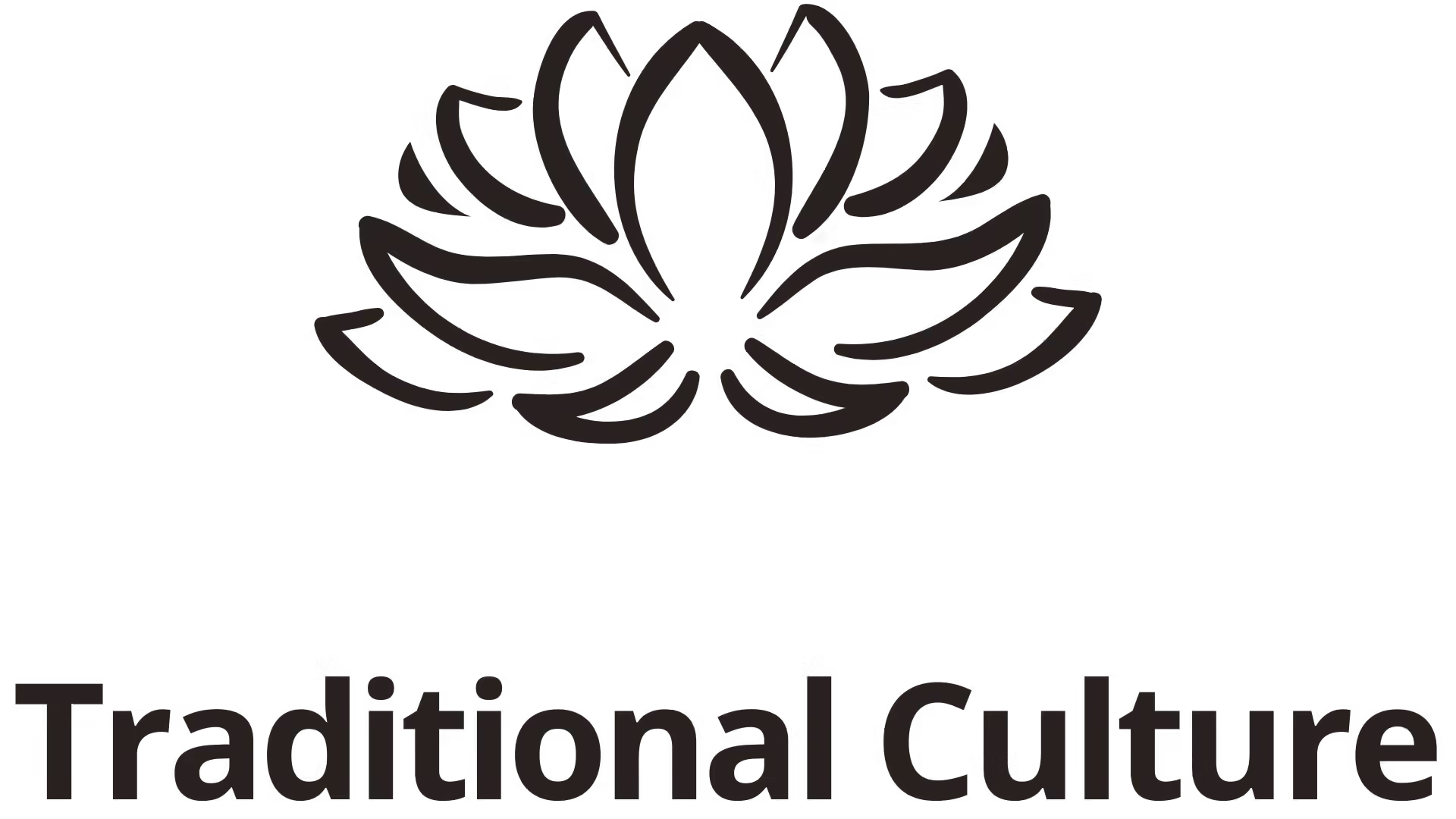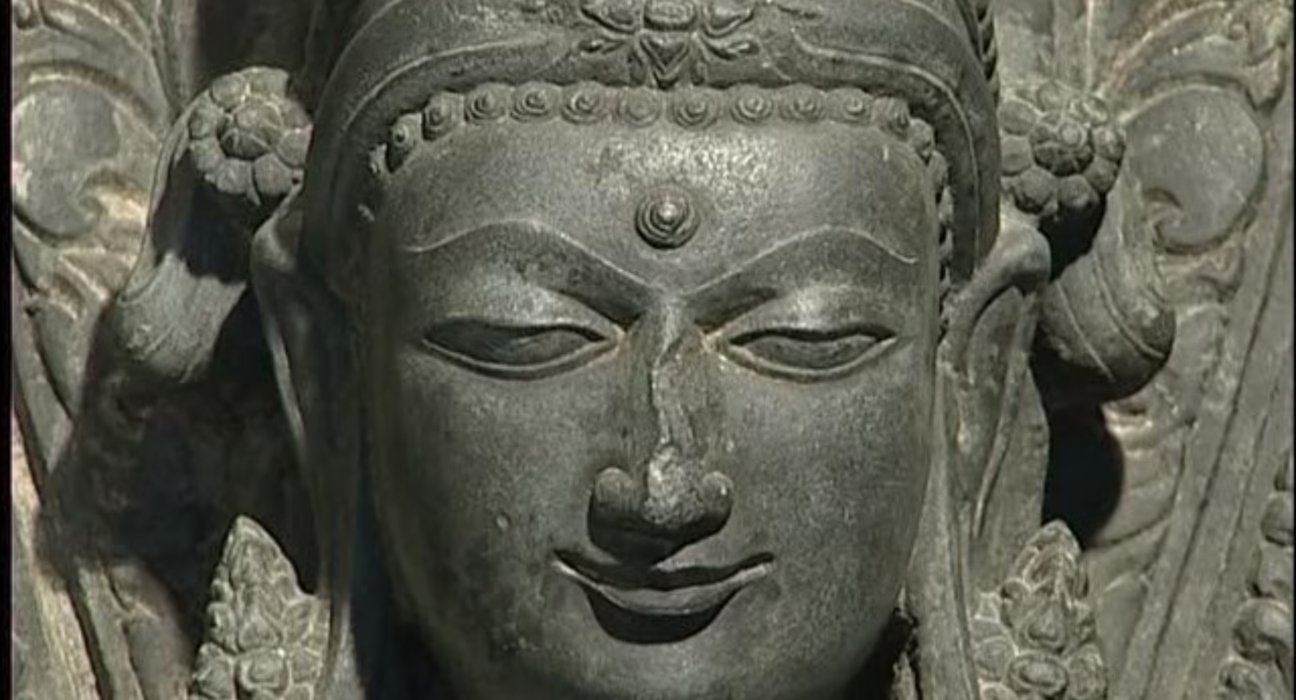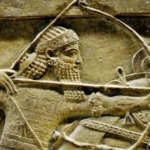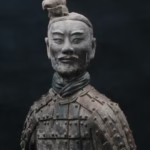Ancient Indian Sculpture is a profound expression of the artistic and cultural heritage of India, reflecting the diverse influences of religion, philosophy, and social values throughout history. This art form dates back to prehistoric times and has evolved through various dynasties, leaving behind a rich tapestry of artistic excellence that continues to inspire modern artists and enthusiasts alike.
The Historical Context of Ancient Indian Sculpture
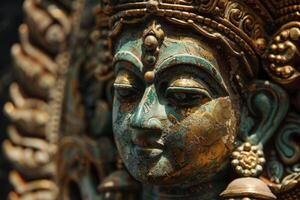
The journey of ancient Indian sculpture can be traced through various historical phases, each contributing unique styles and themes. This section explores the evolutionary trajectory of this art form, shedding light on its roots and the socio-political dynamics that shaped it over time.
Early Beginnings: Prehistoric and Indus Valley Civilization

The origins of Ancient Indian Sculpture can be found in the prehistoric art of India, where early humans created rudimentary forms of sculpture using available materials. The Indus Valley Civilization, which flourished around 2500 BCE, marked a significant leap in sculptural practices.
The artifacts unearthed from sites like Mohenjo-Daro and Harappa reveal a sophisticated understanding of form and aesthetics. Terracotta figurines, often depicting animals and female figures, showcase an early inclination towards stylization and representation of life. These sculptures are not just artistic expressions; they provide insights into the societal structure, beliefs, and daily lives of the people during that era.
As society progressed, these early artistic endeavors laid the groundwork for more refined sculptural techniques. Influences from neighboring cultures began to permeate, resulting in a fusion of styles that would characterize ancient Indian sculpture for centuries to come. The intricate craftsmanship evident in these early works set the stage for future developments in the field.
The Maurya and Post-Maurya Periods
The rise of the Maurya Empire in the 4th century BCE heralded a new era for Ancient Indian Sculpture. Under the reign of Emperor Ashoka, monumental sculptures emerged as powerful tools for disseminating Buddhist teachings. The rock-cut caves at Barabar and Nagarjuni provide prime examples of this period’s artistry, showcasing finely carved reliefs and stupas adorned with intricate motifs.
One of the most significant contributions of this era was the depiction of Buddha in various postures, symbolizing different aspects of his life and teachings. The meditative pose of the seated Buddha became iconic, representing tranquility and the quest for enlightenment.
This period also saw the development of pillars, like the famous Ashoka Pillars, which served both functional and aesthetic purposes. Carved with animal figures and edicts promoting moral values, these pillars exemplified the integration of art and governance.
The Golden Age of Gupta Art
The Gupta period, often referred to as the “Golden Age” of Indian culture, witnessed a flourishing of Ancient Indian Sculpture. This era gave birth to exquisite temple architecture and sculptures that encapsulated divine beauty and spiritual significance.
Sculptors during this time perfected the technique of carving stone, allowing for greater detail and expression in their works. Temples like those at Khajuraho and Ajanta emerged as centers of artistic excellence. The sculptures adorning these temples depicted a plethora of deities, celestial beings, and intricate narratives from Hindu mythology.
What sets Gupta sculpture apart is its ability to convey emotion and movement. The graceful poses and flowing garments of figures reflect a deep understanding of anatomy and aesthetics. Moreover, the integration of narrative elements within the sculpture creates a dynamic storytelling medium, inviting viewers to engage with the spiritual and moral lessons embedded in the art.
Regional Variations in Style
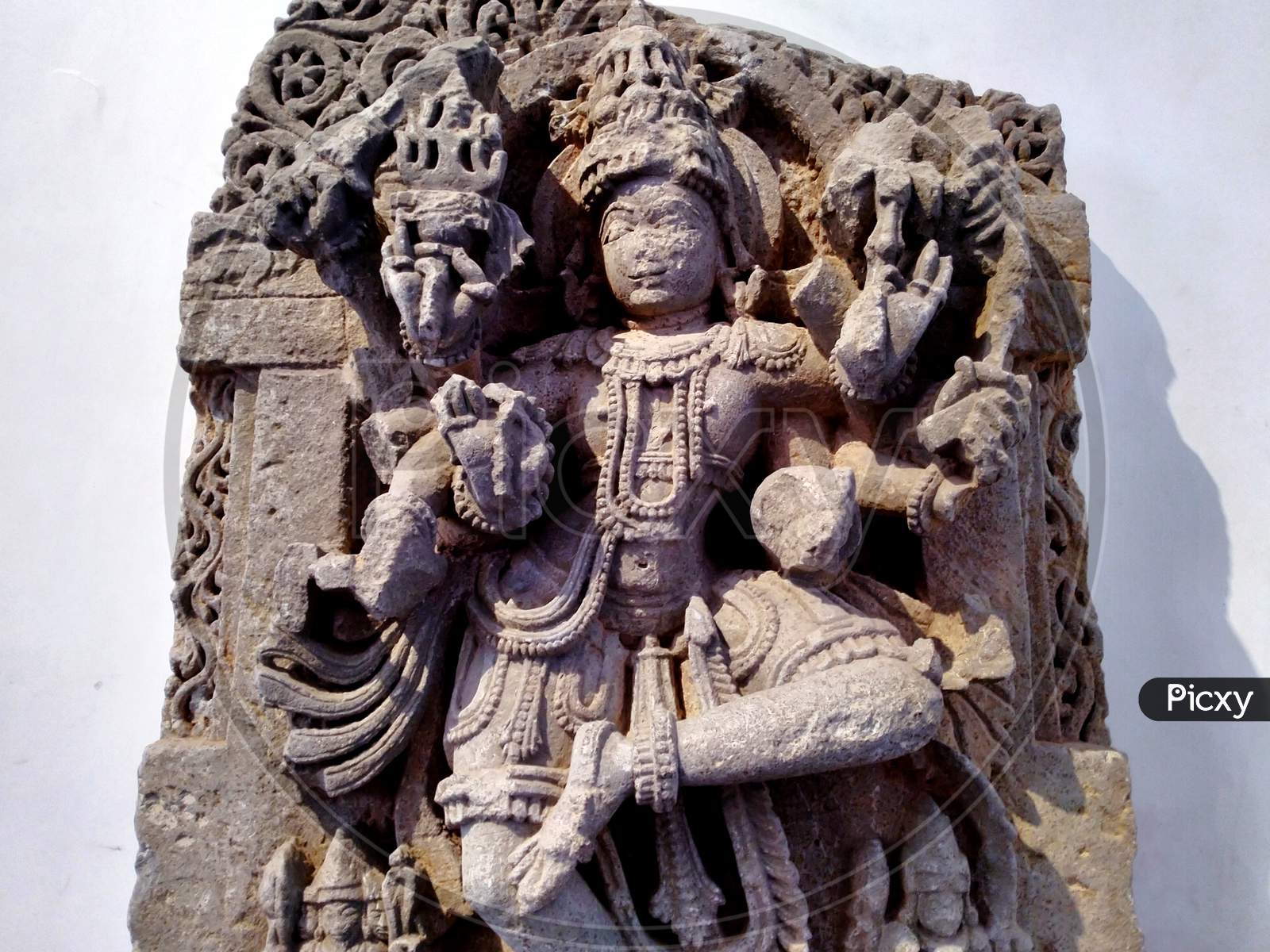
As Ancient Indian Sculpture developed, regional variations emerged, influenced by local cultures, traditions, and religious practices. From the Dravidian style in South India to the intricate carvings of Rajasthan, each region contributed distinct characteristics to the overall landscape of Indian sculpture.
In Southern India, temple sculptures showcased elaborate iconography, featuring deities in vibrant depictions. The Chola dynasty, known for its bronze sculptures, produced masterpieces that captured the essence of dance and devotion. These bronze icons, often used in temple rituals, highlight the seamless blend of functionality and artistry.
In contrast, the sculptures of North India, particularly during the Mughal period, exhibited a fusion of Persian and Indian styles. The intricate marble inlay work seen in structures like the Taj Mahal reflects this cultural amalgamation, demonstrating how sculpture transcended boundaries and adapted to new influences.
Material and Techniques in Ancient Indian Sculpture

The materials and techniques employed in Ancient Indian Sculpture offer a fascinating glimpse into the craftsmanship and creativity of ancient artisans. This section delves into the types of materials used, the methods of sculpting, and the artistic processes that defined this timeless legacy.
Traditional Materials: Stone, Wood, and Metal

Stone remained the primary medium for sculptors throughout ancient India, owing to its durability and ability to withstand the test of time. The choice of stone varied based on regional availability—while granite was favored in the South, sandstone and limestone were predominant in the North. Each type of stone presented unique challenges and opportunities for sculptors, influencing the final outcome of their works.
Wood, though less durable, played a significant role in sculpture, especially in the creation of intricate temple carvings and portable idols. The use of wood allowed for greater experimentation with form, enabling artisans to create dynamic shapes that conveyed movement and emotion.
Metal crafting, particularly in bronze, gained prominence during the Gupta period. The lost-wax casting technique allowed artisans to produce intricate sculptures that showcased fine details. Bronze sculptures from this period, such as the dancing Shiva, exemplify the mastery of form and expression achieved by skilled craftsmen.
Sculptural Techniques: Carving and Casting
The techniques employed by sculptors in ancient India reflect a deep understanding of material properties and artistic principles. Carving, whether in stone or wood, involves a meticulous process of removing material to reveal the desired form. This subtractive method requires immense skill and patience, as artisans must envision the final piece while working with the raw material.
Casting, on the other hand, involves creating a mold and pouring liquid metal into it. This technique allowed for mass production of sculptures, making art more accessible to the public. The lost-wax method, particularly popular in South India, enabled artisans to achieve intricate designs that would be impossible through traditional carving alone.
Both techniques require a keen eye for detail and an understanding of proportion and anatomy. As artisans honed their skills over generations, the evolution of techniques contributed to the richness and diversity of Ancient Indian Sculpture.
Artistic Processes: From Concept to Completion
The journey from concept to completion of an ancient sculpture was a collaborative process involving several stages. Initially, artisans would sketch their ideas, often drawing inspiration from religious texts, folklore, or nature. These sketches served as blueprints for the final piece, guiding the sculptor through the intricacies of form and design.
Once the initial concept was established, the sculptor would select the appropriate material and begin the carving or casting process. This phase required not only technical expertise but also emotional investment, as the artist sought to imbue the piece with meaning and significance.
The final step involved polishing and detailing, where artisans would meticulously refine surfaces and enhance features to achieve the desired aesthetic effect. This labor-intensive process emphasized the dedication and passion that characterized ancient Indian sculptors.
Cultural Significance and Symbolism in Ancient Indian Sculpture

Ancient Indian Sculpture serves as a repository of cultural significance, embodying the beliefs, values, and aspirations of a civilization. This section examines the symbolic meanings embedded within various sculptural forms and how they resonate with the ethos of Indian society.
Spirituality and Religion: The Divine in Sculpture
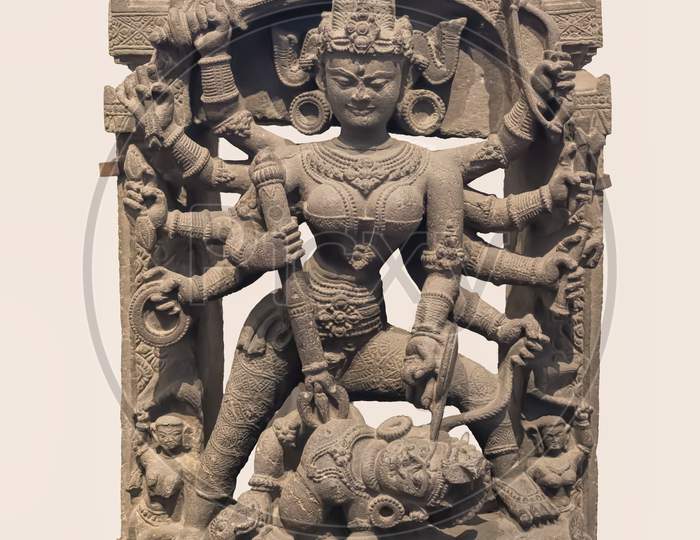
At the heart of Ancient Indian Sculpture lies a deep connection to spirituality and religion. Many sculptures depict deities from Hinduism, Buddhism, and Jainism, illustrating the multifaceted nature of faith in ancient India.
The portrayal of gods and goddesses often conveys specific attributes and qualities. For instance, the figure of Durga slaying the buffalo demon symbolizes the triumph of good over evil, serving as a reminder of the moral virtues upheld in society. Similarly, the serene visage of Buddha embodies peace and enlightenment, inspiring followers to pursue a path of compassion and understanding.
Religious iconography extends beyond mere representation; it encapsulates the philosophical underpinnings of the faith. Each posture, gesture, and ornamentation holds meaning, allowing devotees to connect with the divine through visual art. This interplay between art and spirituality is what makes Ancient Indian Sculpture a powerful medium for expressing religious devotion.
Cultural Narratives: Myths and Legends
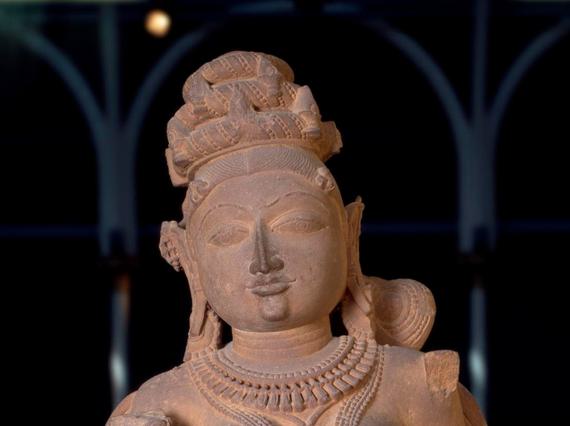
Sculpture in ancient India was not limited to divine representations; it also vividly depicted myths and legends that shaped cultural identity. The epics of Mahabharata and Ramayana provided rich narratives for sculptors to explore, translating complex stories into visual form.
Scenes from these epics, often carved into temple walls or freestanding sculptures, serve as a means of storytelling. Viewers are invited to immerse themselves in the tales of valor, sacrifice, and duty, fostering a sense of collective identity and shared values.
Moreover, these narratives extend beyond mere entertainment; they impart moral lessons and ethical dilemmas pertinent to society. The act of witnessing these sculptural retellings becomes an engaging experience, prompting reflection and discussion among viewers about the human condition and societal norms.
Preservation of Cultural Heritage: A Legacy of Identity

Ancient Indian Sculpture is not only a testament to artistic prowess but also a vital component of cultural heritage that connects past and present. The conservation of these sculptures ensures that future generations can appreciate the richness of India’s artistic legacy.
Efforts to preserve ancient sculptures involve addressing challenges like weathering, pollution, and human impact. Restoration projects aim to maintain the integrity of these artworks while respecting their historical context. This commitment to preservation underscores the recognition of sculpture as a vital aspect of national identity and pride.
Additionally, contemporary artists continue to draw inspiration from ancient techniques and themes, bridging the gap between tradition and modernity. This dialogue between past and present fosters a deeper understanding of cultural continuity and encourages innovation within the realm of sculpture.
The Influence of Ancient Indian Sculpture on Contemporary Art

The impact of Ancient Indian Sculpture extends far beyond its historical context, resonating with contemporary artists and movements. This section explores how ancient sculptural practices have influenced modern art forms and continue to shape artistic expressions today.
Reviving Traditional Techniques: A New Wave of Artists

Modern artists are increasingly looking to Ancient Indian Sculpture as a source of inspiration, reviving traditional techniques and styles to create contemporary works that pay homage to their roots. Workshops and residencies focused on traditional sculpting methods allow emerging artists to learn from seasoned artisans, bridging the generational gap in sculptural practices.
This revival goes beyond mere replication; it is an exploration of how ancient methods can inform contemporary narratives. By infusing traditional techniques with modern themes, artists are able to address current social issues while honoring their cultural heritage.
Furthermore, the use of local materials and collaboration with artisans fosters a sense of community and encourages sustainable practices within the art world. As artists delve into the complexities of Ancient Indian Sculpture, they contribute to a renewed appreciation for craftsmanship and artistic integrity.
Cross-Cultural Exchanges: Global Impact of Indian Sculpture
Ancient Indian Sculpture has left an indelible mark on the global art landscape, influencing artists and movements across cultures. The exchange of ideas and techniques through trade routes facilitated the dissemination of Indian sculptural styles, leading to hybrid forms of art.
For instance, the spread of Buddhism throughout Asia resulted in the adaptation of Indian sculptural motifs in countries like China, Japan, and Southeast Asia. The influence of Indian sculpture can be observed in the architectural design of temples and the depiction of Buddhist figures across these regions.
Contemporary artists worldwide often draw upon Indian sculptural themes, integrating them into their own narratives. This cross-cultural dialogue enriches the global art scene, fostering a greater understanding and appreciation of diverse artistic traditions.
Engaging Audiences: Sculpture as a Means of Connection
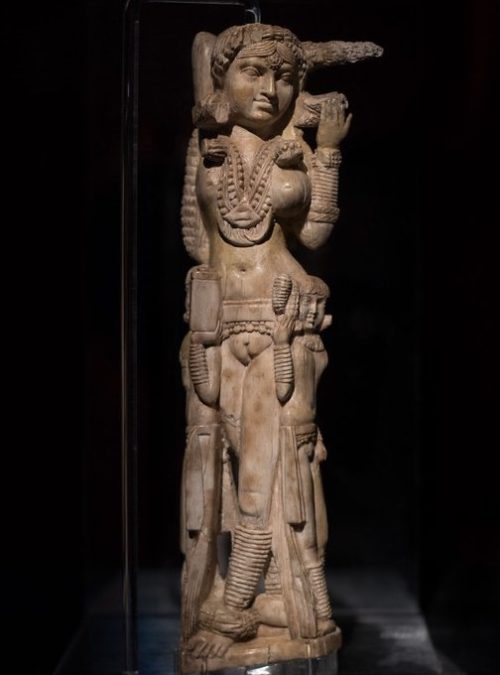
In today’s rapidly changing world, Ancient Indian Sculpture continues to engage audiences in meaningful ways. Exhibitions and installations showcasing ancient works invite viewers to connect with history and culture on a personal level.
Interactive art experiences, where the audience is encouraged to participate or contribute, draw parallels between ancient practices and contemporary expressions. By inviting individuals to engage with sculpture beyond passive observation, artists create a space for dialogue and reflection.
Moreover, public art initiatives that incorporate elements of Ancient Indian Sculpture help foster a sense of community and pride in cultural heritage. These projects not only beautify urban spaces but also serve as reminders of the artistic achievements of past generations.
Conclusion
The legacy of Ancient Indian Sculpture is a testament to the artistic ingenuity and cultural richness of India. Rooted in spirituality, mythology, and social values, these sculptures transcend time, continuing to evoke wonder and admiration.
As we explore the historical context, materials and techniques, cultural significance, and contemporary influences of this art form, we uncover layers of meaning that speak to the human experience. The stories told through these sculptures resonate with our collective consciousness, reminding us of our shared heritage and the enduring power of artistic expression.
In a world that constantly evolves, the spirit of Ancient Indian Sculpture remains vibrant and alive, inspiring new generations of artists to embark on their own creative journeys while honoring the wisdom and beauty of the past. By preserving and celebrating this artistic legacy, we ensure that the essence of ancient craftsmanship continues to thrive, enriching our understanding of identity, culture, and the universal language of art.

